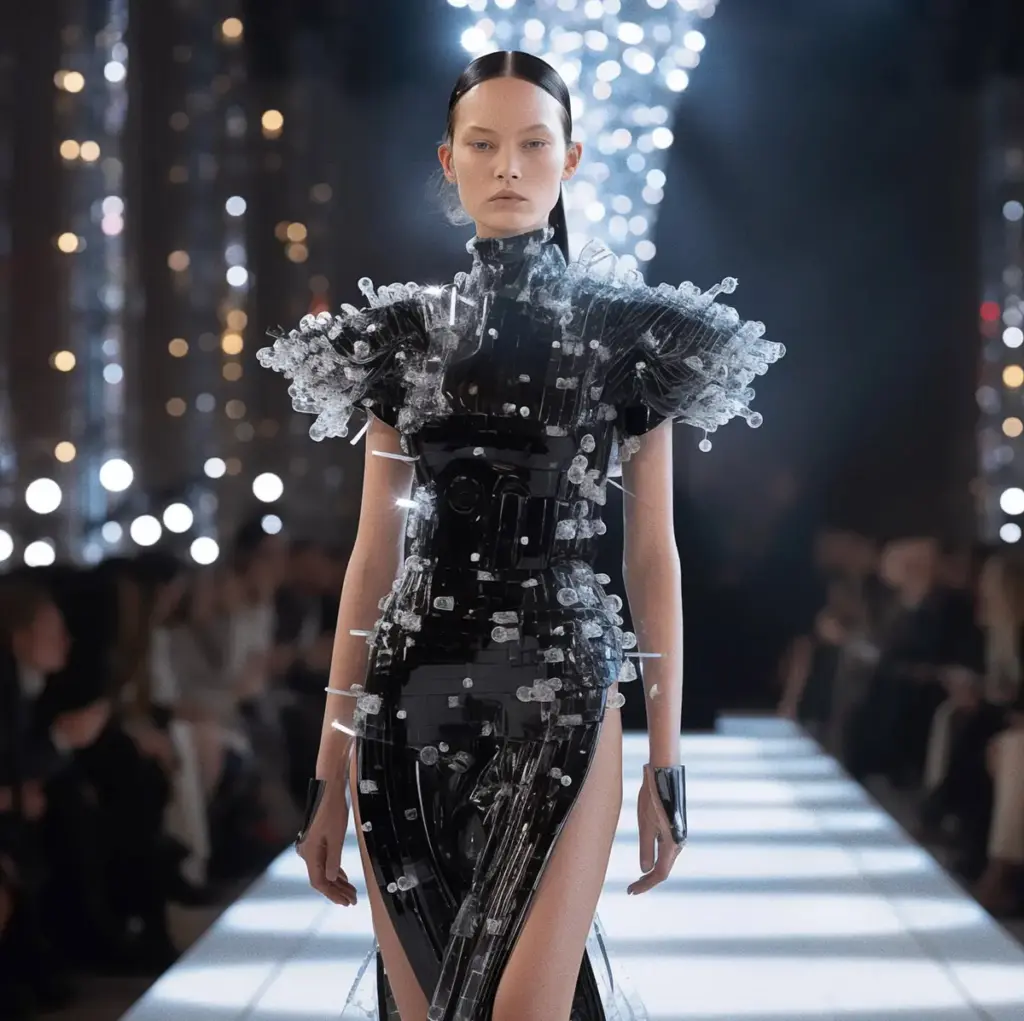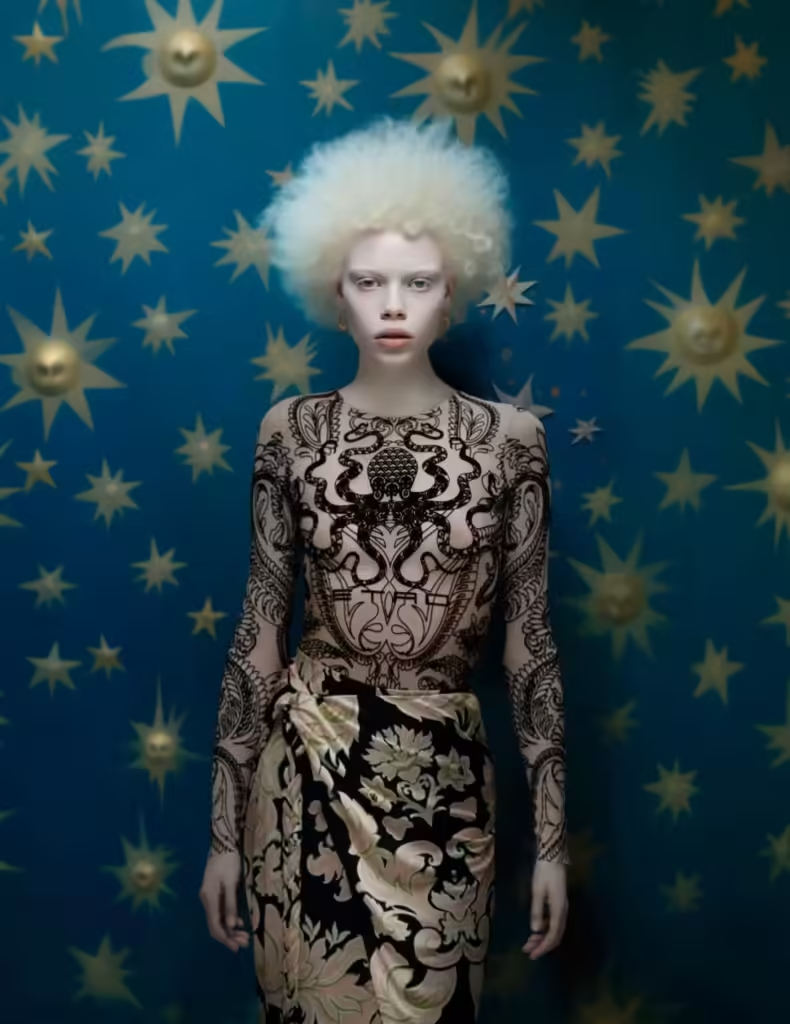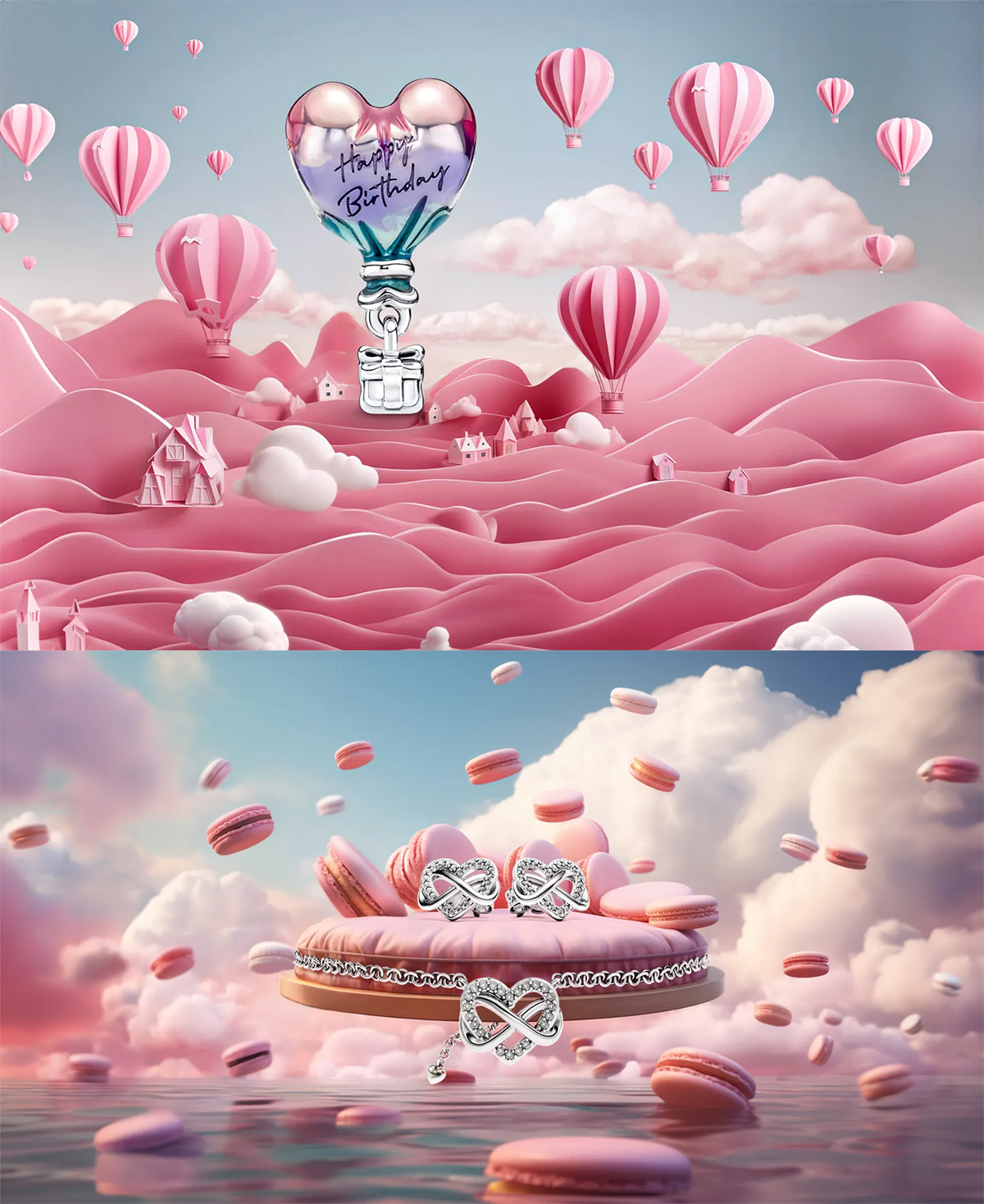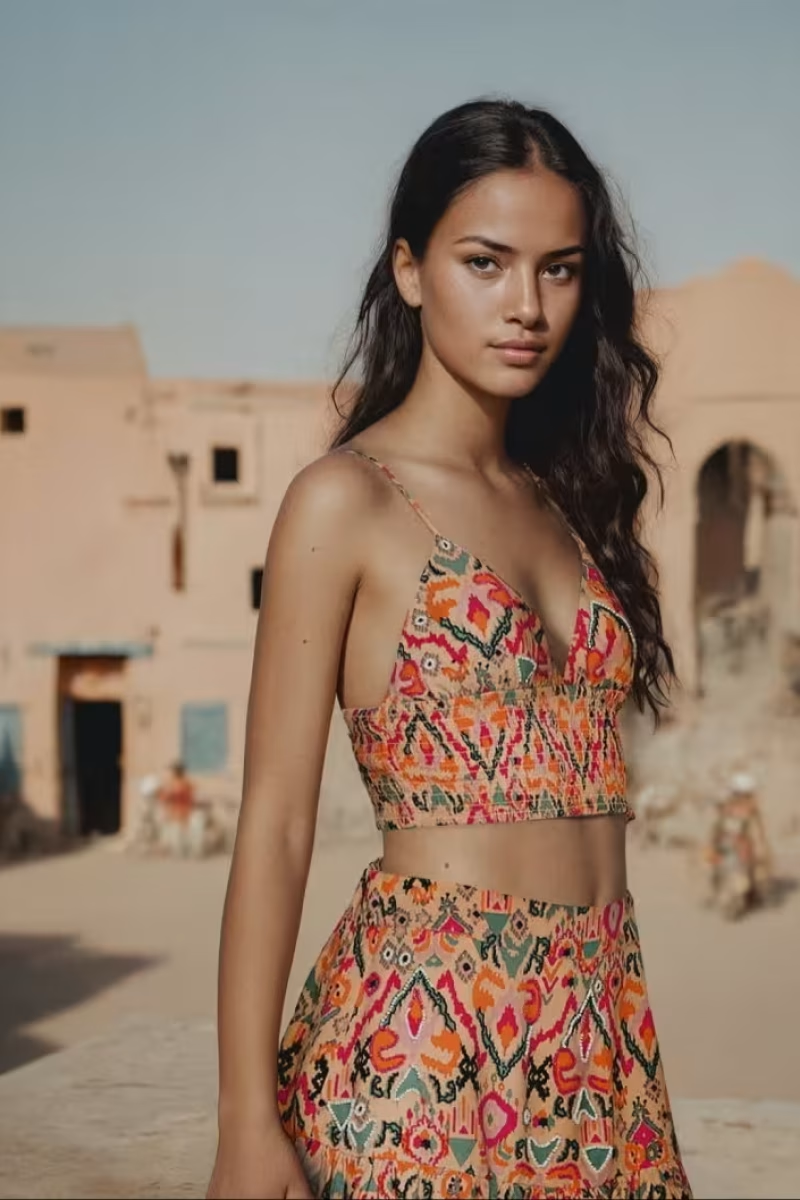Blending Innovation with Human Creativity
The Rise of AI in Fashion Marketing
AI’s Expanding Role in Fashion Marketing: A New Era of Creativity
The fashion industry is experiencing a transformative shift, with artificial intelligence (AI) emerging as a key player in reshaping marketing strategies. As someone working closely within both the tech and creative sectors, I’ve observed how AI is revolutionizing the fashion world, pushing creative boundaries while preserving brand identities.
The fashion industry has long been defined by its ability to evolve with cultural and technological shifts. In recent years, artificial intelligence (AI) has become one of the most transformative forces shaping fashion marketing, introducing new ways to engage with consumers and innovate creative processes. As someone who has been deeply involved in both the tech and creative sectors, I have seen firsthand how AI is reshaping the landscape of fashion marketing.
Take the example of Mango, a brand that has boldly embraced AI in its campaigns, notably for their Teen line. By incorporating AI-driven visuals, Mango pushed creative boundaries while staying true to its core aesthetic. As their marketing director explained, “AI allowed us to push creative boundaries while maintaining our brand’s identity.” This balance between innovation and tradition is one of the most intriguing aspects of AI’s growing role in the industry.
AI’s contribution to fashion marketing goes beyond mere automation; it opens up new avenues for creativity. Brands are using AI to predict trends, create personalized shopping experiences, and even generate entirely new designs.
While some may worry that AI could compromise authenticity, the reality is that it serves as a powerful tool to amplify a brand’s voice, allowing marketers and designers to focus more on strategy and storytelling.
At its core, AI is not replacing the creative genius behind fashion—it’s enhancing it. By handling data analysis, consumer behavior insights, and even the nitty-gritty of design, AI frees up creative teams to explore bold, new ideas. It’s this harmony between advanced technology and human ingenuity that makes AI a valuable asset in modern fashion marketing. And as the technology continues to evolve, we can only expect this collaboration to deepen, pushing the boundaries of what’s possible in fashion.
AI has shifted from being a back-end tool to a front-facing creative partner, and the results are clear: fashion brands can now maintain their signature style while experimenting with innovative marketing strategies. The future of fashion is here, and it’s powered by AI.
AI in Fashion Imagery: Expanding the Boundaries of Creativity
AI’s potential to revolutionize fashion imagery is transforming the creative process, offering boundless opportunities for storytelling and visual innovation. A stunning example is Etro’s spring 2024 collection, where AI-generated, ethereal backdrops transported viewers to surreal, celestial realms. As their creative director put it, “AI gave us the power to build scenes from pure imagination—places that don’t exist in reality.” This ability to transcend physical limitations is what excites me most about AI in fashion imagery. As a photographer, I see how AI can liberate creatives from traditional constraints—allowing us to craft visuals unbound by time, location, or even the laws of physics. The fusion of AI with traditional techniques opens up new dimensions of creativity, inviting us to imagine a future where our visual narratives are only limited by the extent of our imagination.


Collaboration Drives Creativity
While some might fear that AI could replace human creativity, I see it differently. AI isn’t here to replace us; it’s here to collaborate with us. And when used wisely, it can lead to something truly magical. Brands like Revolve have embraced this notion. As their head of design aptly put it, “AI served as a starting point, but our designers had the final say in every creative decision.” This resonates deeply with me because, in my own experience, AI can expedite the tedious parts of the creative process, allowing artists to focus on what truly matters—the vision.
I believe the key to success in this new AI-driven landscape is balance. We must not surrender our creative instincts to machines, but instead use AI for what it excels at: speed, efficiency, and scalability. The human touch—our intuition, emotion, and experience—remains irreplaceable. It’s the fusion of AI’s capabilities with human artistry that creates campaigns with real soul. In my opinion, it’s this blend of machine-driven efficiency and human intuition that will drive the future of fashion marketing.
Challenges in AI-Generated Campaigns: Maintaining Authenticity
Of course, with any new technology comes its share of challenges, and AI is no exception. One of the most pressing concerns is maintaining authenticity in AI-generated campaigns. In fashion, authenticity is everything—it’s what connects the consumer to the brand on a deeper, more personal level. Pandora faced this challenge head-on when incorporating AI into their marketing efforts. They had to ensure that the AI-generated imagery still reflected the luxury and craftsmanship their brand is known for. As their CMO put it, "We needed to make sure the AI imagery matched the real-world feel of our products." This is a challenge I’ve also encountered when working with AI in my own projects. It’s not just about what AI can create—it’s about making sure the end result still feels authentic, relatable, and true to the brand. AI may be able to generate incredible visuals, but it lacks the ability to truly understand the emotional connection between brand and audience. This is why I believe human oversight is crucial when using AI in creative campaigns. We have to be the ones guiding the technology, ensuring it enhances rather than dilutes the brand’s message.
Pandora’s Luxury Campaigns
Pandora used AI to generate product imagery but focused on maintaining the brand's signature look of elegance and high-end quality. Their marketing team ensured that AI-enhanced visuals felt consistent with the handmade craftsmanship their customers expect, illustrating the delicate balance needed between AI creativity and authentic branding.
Zara’s Personalized Shopping Experience
Zara uses AI to provide personalized product recommendations and predictive shopping insights. While this creates a more customized experience, they faced the challenge of making sure that AI suggestions still reflected Zara’s trendy, fast-fashion image, rather than relying too heavily on automation that might feel impersonal or off-brand.
Nike’s AI-Generated Visual Campaigns
Nike experimented with AI to create dynamic, athlete-inspired visuals for marketing campaigns. The challenge was ensuring that the AI-generated designs still conveyed the raw emotion and determination synonymous with their athletes. Nike’s creative team guided the AI to maintain a strong connection between the brand’s high-energy spirit and its consumer base.

Representation and Ethical Concerns in AI
Another area that can’t be overlooked is the ethical implications of using AI in fashion. Representation is a big topic right now, and for good reason. AI systems are only as good as the data they’re trained on, which means there’s a risk that AI could unintentionally reinforce societal biases. But it doesn’t have to be that way. I believe AI can be used as a tool to promote diversity and inclusivity in the fashion industry, as long as we’re mindful of how we use it.
Tommy Hilfiger took a proactive approach by ensuring their AI-generated campaigns represented a diverse range of body types, ethnicities, and backgrounds. Their CMO pointed out, “We wanted to ensure that AI didn’t just replicate societal biases, but that it contributed positively to inclusivity in fashion.” I couldn’t agree more. AI should be a force for good, helping to break down barriers and promote a more inclusive industry. We, as creatives, have a responsibility to ensure that the AI tools we use don’t perpetuate outdated or harmful stereotypes.
Looking Ahead: AI as the Future of Fashion Campaigns
The more I work with AI, the more I realize its potential to shape the future of fashion marketing. Brands like Gucci are already using AI to streamline workflows and push creative boundaries. But as their lead creative strategist wisely said, “AI opens doors to limitless creativity, but it will never replace the human touch that makes fashion what it is.” I think this sentiment perfectly encapsulates where we are right now: standing at the intersection of technology and creativity.
In my opinion, the future of fashion lies in this collaboration between human and machine. AI is an incredibly powerful tool, but it’s still just that—a tool. It’s up to us, the creatives, to wield it in a way that enhances our work without losing sight of what makes fashion so special: its ability to connect with people on a deeply emotional level. As we move forward, I’m excited to see how AI will continue to shape the fashion industry, and I’m equally eager to ensure that human creativity remains at the heart of everything we do.

AI and the Fashion Industry
2025-2030
As AI continues to evolve, the fashion industry is set to undergo significant transformations between 2025 and 2030. One major shift will be AI-driven personalization, enabling consumers to design and order custom pieces tailored to their exact preferences and body measurements. Virtual and augmented reality tools, powered by AI, will redefine the shopping experience, allowing customers to visualize outfits in virtual spaces before purchasing. Moreover, AI’s predictive capabilities will help brands optimize inventory management, reduce waste, and adopt more sustainable practices.
Sustainability will also see significant advancements as AI assists in sourcing eco-friendly materials and reducing overproduction by anticipating consumer demand more accurately. Customization will flourish, with AI-generated designs and AI-enhanced collaborations between machines and designers creating an era of unprecedented creative freedom.
In this future, AI will streamline logistics, from manufacturing to delivery, while ensuring that creativity and emotional resonance remain at the core of fashion. The industry will leverage AI for efficiency and sustainability, but human creativity will remain crucial in defining fashion’s cultural and artistic identity.

It’s rumored the brand works with ex-psychonauts from CIA’s MK-Ultra to create positive neuro-adaptive blends.